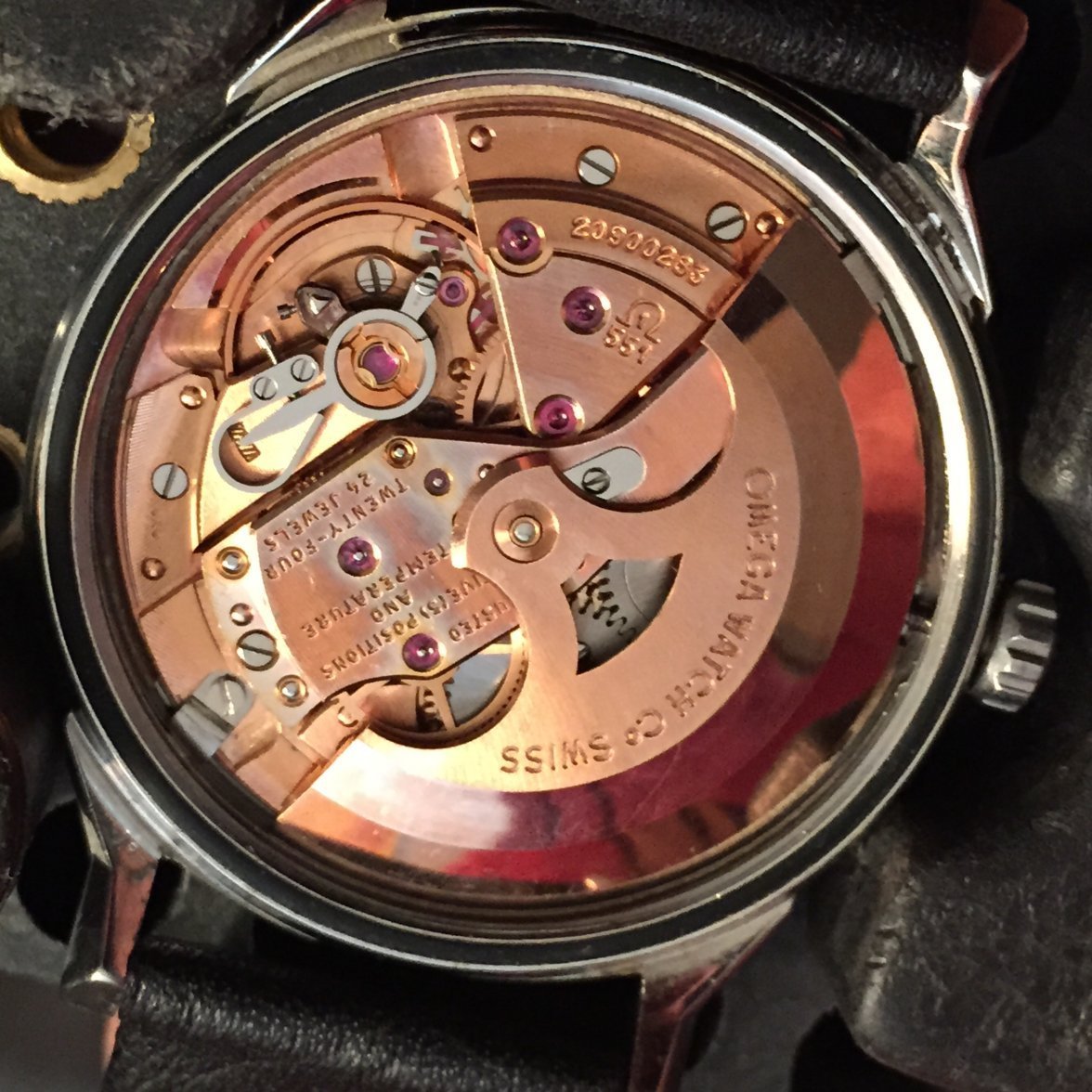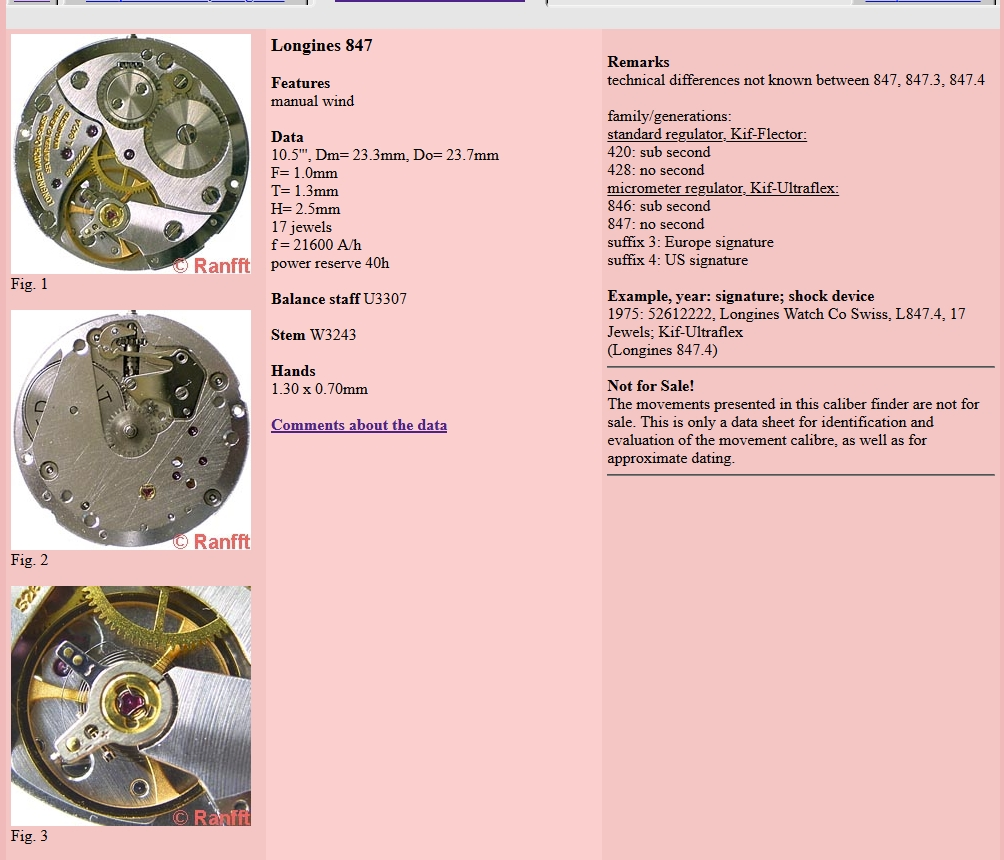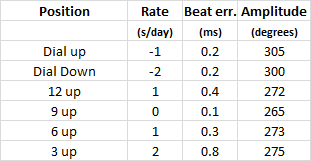I'm not sure what's the main difference between 55x and 56x series.
They share about 75% of the parts. The jewel mounts on the balance are the main difference. 56X movements have a press in lower jewel to clear the date ring.
Another demarcation happens at 563 with the introduction of quickset. So this makes for three different base plates. The bridges are swapable.
75X adds in a day of the week wheel. 601 is no date, 61X is date. Many of these parts are also compatible with the 55X/56X.
There are also about 3 different hand heights in the cannon tube stack, depending on case/dial. 55X and 60X often have a really short cannon pinion/hour wheel. 56X have two different heights, which are mid and long. 75X has a super long center wheel stack to clear the day disk. The center wheel is the same. what stacks on it is not.
The wheel trains on 55X/56X are identical.
Rotors have their own subtleties. There were a few tweaks here and there to reduce bridge pivot wear. (Similar tweaks are also found in calendar mechanisms.)
The extra jewels for the most part are in the rotor assemblies.
564/565 are probably the finest mechanical movements ever mass produced. These must have been made in the 10's of millions.
552 and 601 are great if one does not need the extra bling.
There is also an outlier 570 which is a smaller caliber, and the parts do not fit. (I sometimes impulse bid on these when not paying attention.) 47X/50X are other outliers. The difference being the movement height. There was sort of a competition to make the thinnest movement possible.
The smaller 18mm movements based on the 620 two hander dress movements are also pretty good. There is a more rare 630 manual wind with sweep. As well as he ubiquitous 671/681 which have added date functions. These can often be found in 30mm sized cases. The quality on these is just as good.


